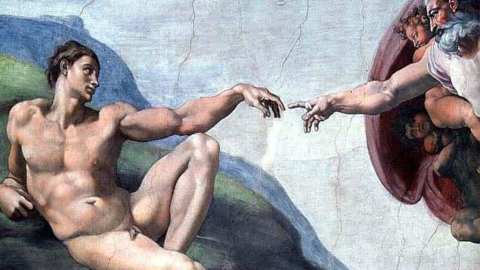Using Experimental Philosophy to Combine Incompatible Ideas

In his Big Think Mentor Workshop, Jonathon Keats looks at how to ask naïve questions, how to invert perceptions, how to combine incompatible systems, how to remix metaphors and finally how to pursue paradox.
These all represent a way of thinking that is vital to creative problem-solving. While the problem at hand may be abstract, or even absurd, as we shall see in one example below, the way of thinking through a problem that Keats introduces can be greatly applicable in life.
So what is an example of combining incompatible systems?
Consider the age-old problem of the incompatibility of science and religion.
“Science claims to be a system that can discover absolutely anything,” Keats says. “Religion also claims a comprehensiveness that is based in reality where God – whatever that deity may be – is absolutely real, maybe even more real than anything or anyone else.”
In a provocative thought experiment, Keats considered how those two systems might find a way “to talk to each other or at least to cross paths.” So Keats took the idea of God “to be as literally real as you and I, as a building, a dog, a cat anything else.” He then took science at its word “that it could learn everything about anything that was real, anything that had any substance in the world.”
So here’s the fun part: “To do that I decided that I would attempt to scientifically figure out where on the phylogenetic tree, which is the master map of all the species on Earth, where you might put God.” In other words, What species is God? And is there a way to address this question scientifically?
Sign up for a free trial and view Jonathan Keats’s Big Think Mentor Workshop here.





